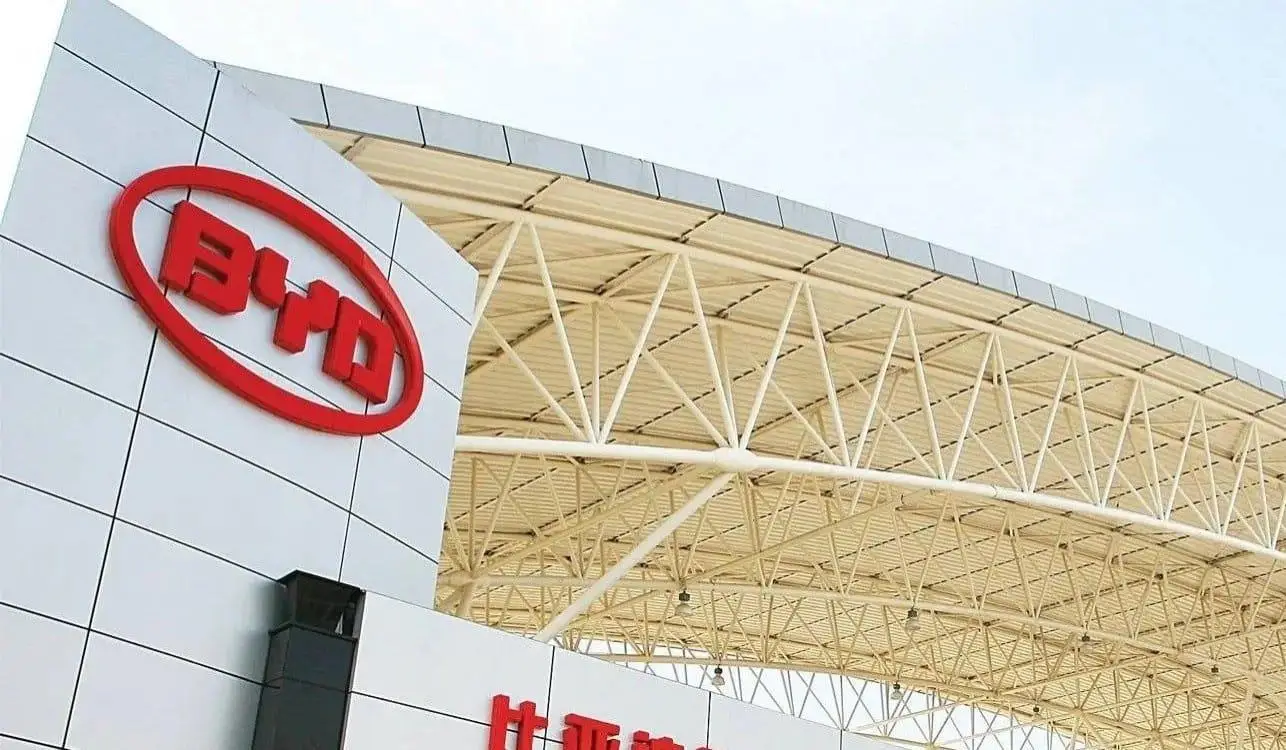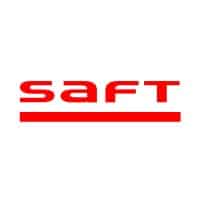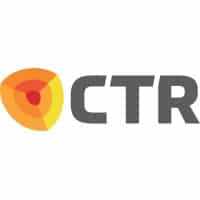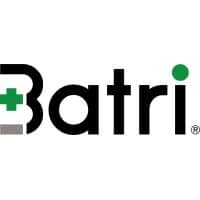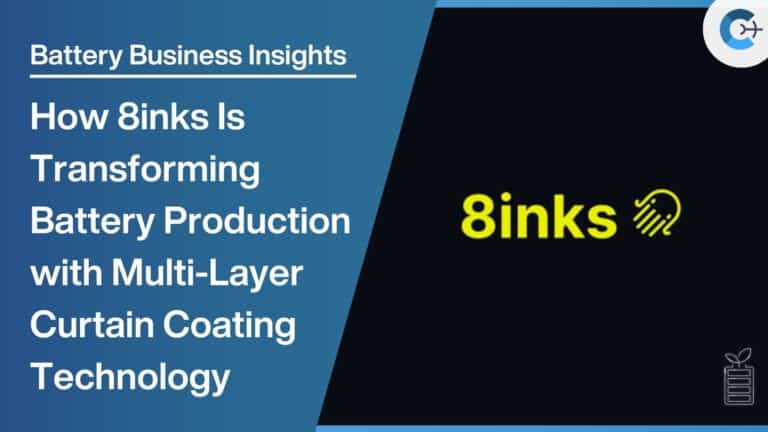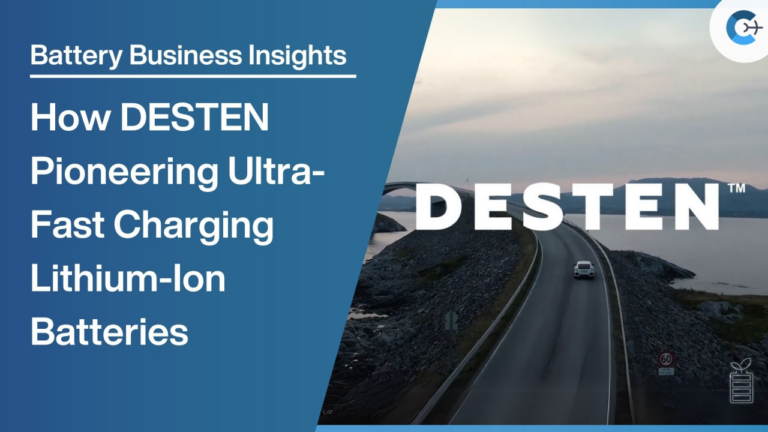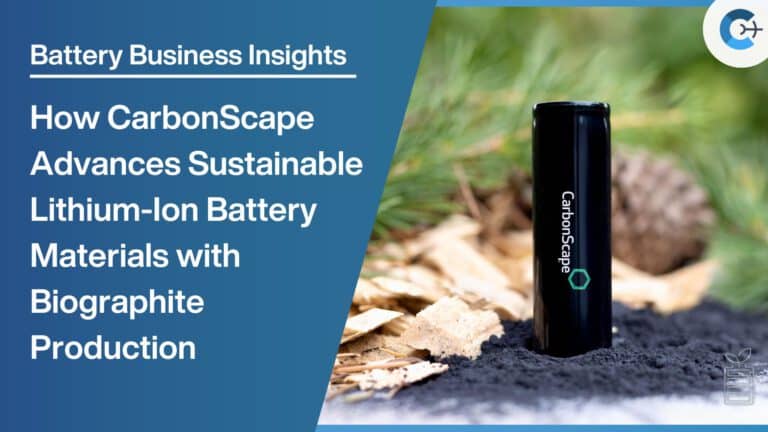Government support for clean energy technologies has reached unprecedented levels as policymakers emphasize energy security in response to recent global crises, according to a new report by the International Energy Agency (IEA).
The inaugural “State of Energy Policy 2024” report provides a comprehensive and up-to-date overview of global energy policies by country and sector, highlighting significant changes over the past year. It introduces the Energy Policy Inventory, a publicly available repository containing over 5,000 energy-related policies worldwide, covering areas such as government spending, regulation, and trade.
The report reveals that since 2020, governments worldwide have allocated nearly $2 trillion in direct investment support for clean energy—almost triple the amount committed following the 2007-08 financial crisis. Approximately 80% of this spending comes from China, the European Union, and the United States.

Investment in domestic manufacturing incentives for clean energy has grown substantially, accounting for nearly 10% of total government spending since the beginning of the decade. Key areas receiving the largest allocations include low-emission vehicles, hydrogen technologies, and batteries. Notable examples are the United States’ Inflation Reduction Act, India’s Production-Linked Incentive, and Brazil’s Green Mobility and Innovation Programme, with other nations adopting similar policies and targets.
At the consumer level, government support during the peak of the global energy crisis amounted to $940 billion. While many emergency measures have been scaled back, ongoing programs continue to address affordability and competitiveness, particularly focusing on reducing the upfront costs of adopting clean energy technologies.
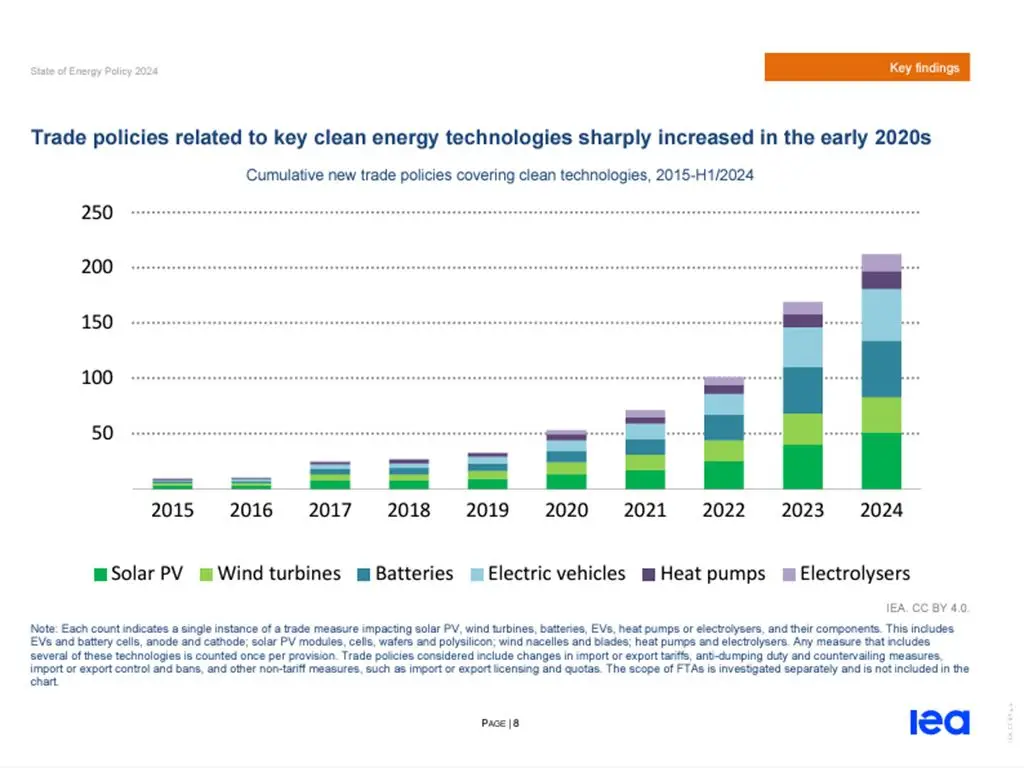
“The unprecedented level of policy and investment support for clean energy is a recognition that these technologies not only reduce emissions but help safeguard energy security,” said Laura Cozzi, IEA Director of Sustainability, Technology, and Outlooks. “The increase in trade policies and domestic manufacturing incentives also signals that clean energy is becoming central in industrial policies.”
Due to the high geographical concentration of clean energy supply chains—spanning technologies like solar photovoltaics, wind turbines, batteries, and electrolysers—the report notes a heightened policy focus on bolstering domestic manufacturing and supply chain security. This is evidenced by a significant increase in trade policies related to clean energy technologies, with nearly 200 new trade measures introduced since 2020 compared to fewer than 40 in the preceding five years. Import tariff adjustments, anti-dumping duties, and offsetting measures—such as those recently announced by the European Union and the United States—constitute almost 40% of clean energy trade policy changes since 2020.
Energy performance standards have also seen substantial policy intervention in recent years. In 2023 alone, 35 countries—accounting for 20% of global greenhouse gas emissions—implemented new energy performance regulations. However, some nations have rolled back regulations, including bans on the sale of new fossil fuel boilers and internal combustion engine vehicles, as well as the phase-out of unabated coal. These rollbacks affected around 1% of current global emissions but were outweighed by increased regulatory stringency elsewhere.



